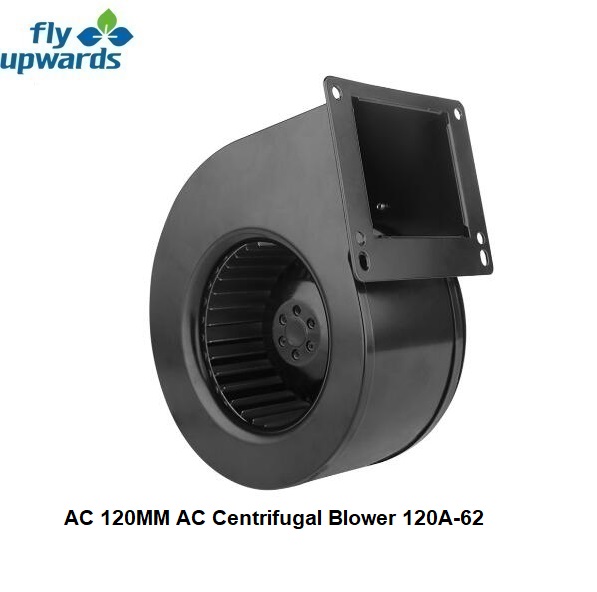Understanding the Basic Working Principle of an AC Forward Curved Fan
2024-05-21
When it comes to maintaining optimal airflow and ventilation in various applications, the AC forward curved fan stands out as a reliable and efficient solution. Commonly used in HVAC systems, household appliances, and industrial settings, this type of fan is known for its ability to move large volumes of air at relatively low noise levels. But what exactly is an AC forward curved fan, and how does it work? Let’s delve into the basic working principle of this essential component.
What is an AC Forward Curved Fan?
An AC forward curved fan, also known as a centrifugal fan or blower, is designed with blades that curve forward in the direction of the fan’s rotation. The "AC" denotes that the fan is powered by an alternating current electric motor, which is a standard power source for many industrial and residential applications.
Key Components
To understand the working principle of an AC forward curved fan, it’s important to be familiar with its key components:
- Impeller: The rotating part of the fan with forward-curved blades.
- Casing: The housing that encloses the impeller and directs the airflow.
- Inlet and Outlet: The openings through which air enters and exits the fan.
- Motor: Powers the impeller, causing it to rotate and move air.
How It Works
1. Air Intake:
The operation of an AC forward curved fan begins as air is drawn into the fan through the inlet. The design of the inlet ensures a smooth and controlled entry of air, minimizing turbulence and maximizing efficiency.
2. Impeller Rotation:
The impeller, driven by an AC motor, rotates at a high speed. The forward-curved blades of the impeller catch the incoming air and impart kinetic energy to it. Due to the forward curvature, the blades push the air outward and forward.
3. Centrifugal Force:
As the impeller spins, the centrifugal force generated by the rotation forces the air outward towards the edge of the impeller. This outward motion is due to the difference in pressure between the center of the impeller and its periphery.
4. Air Acceleration:
The design of the forward-curved blades ensures that air is accelerated as it moves through the impeller. The blades’ curvature increases the air pressure and velocity, which enhances the fan’s ability to move large volumes of air efficiently.
5. Airflow Direction:
Once the air reaches the outer edge of the impeller, it is directed into the casing. The shape of the casing, often a spiral or scroll design, helps to convert the kinetic energy of the moving air into static pressure. This conversion is crucial for delivering a consistent and powerful airflow.
Applications
AC forward curved fans are widely used in various settings, including:
- HVAC Systems: For air circulation, ventilation, and exhaust in residential, commercial, and industrial environments.
- Household Appliances: Such as air conditioners, vacuum cleaners, and kitchen exhaust hoods.
- Industrial Processes: Including drying, cooling, and material handling in manufacturing plants.
Conclusion
The basic working principle of an AC forward curved fan revolves around the efficient movement of air through the use of forward-curved blades and centrifugal force. By understanding how these fans operate, we can better appreciate their role in enhancing airflow and ventilation across a wide range of applications. Whether in HVAC systems, household appliances, or industrial processes, AC forward curved fans are a testament to the ingenuity of modern engineering, providing reliable and efficient solutions for our ventilation needs.



